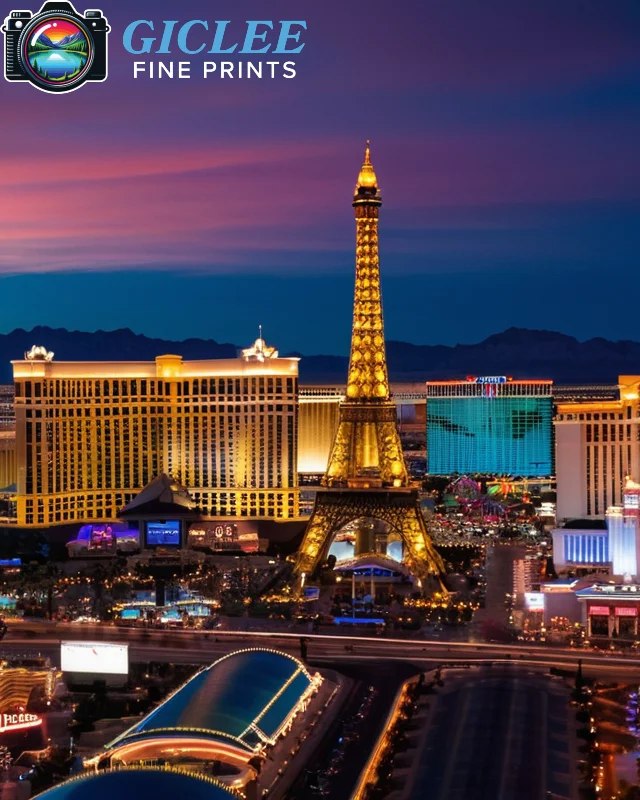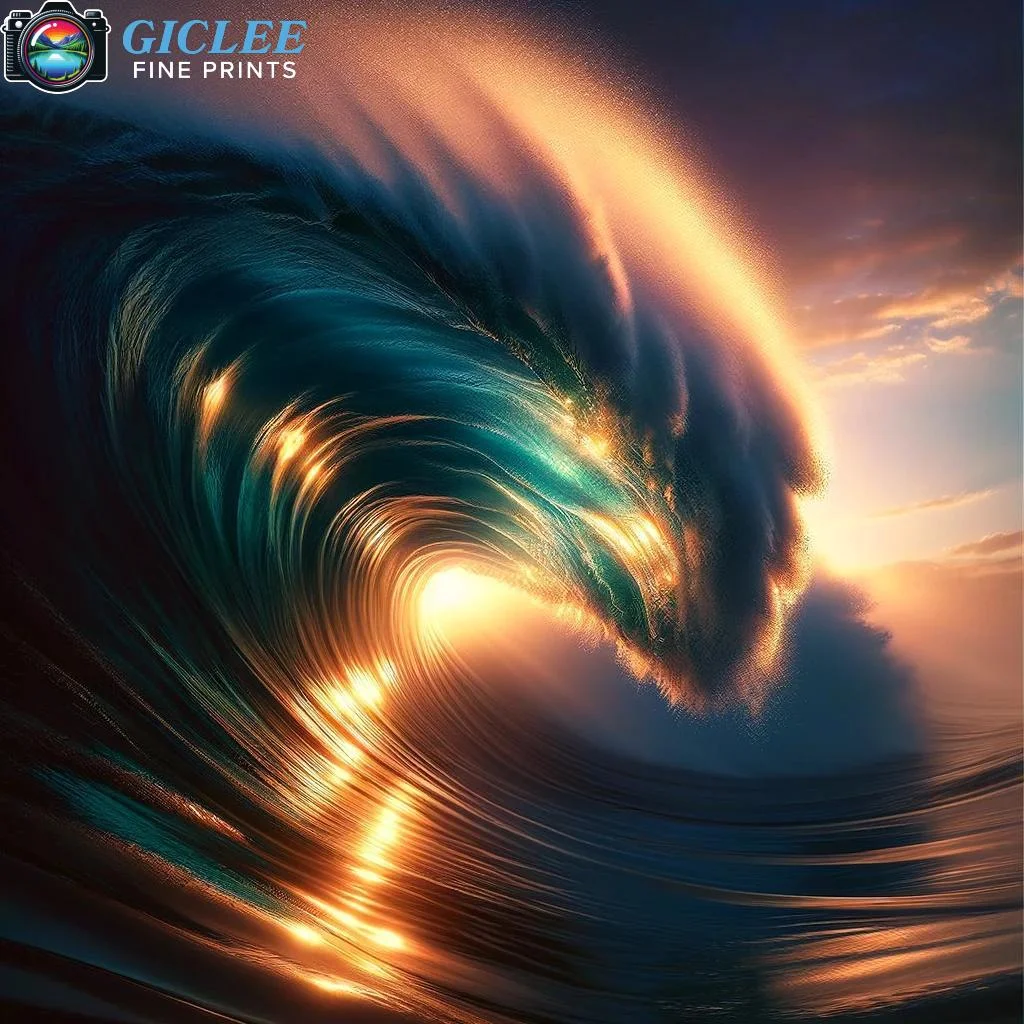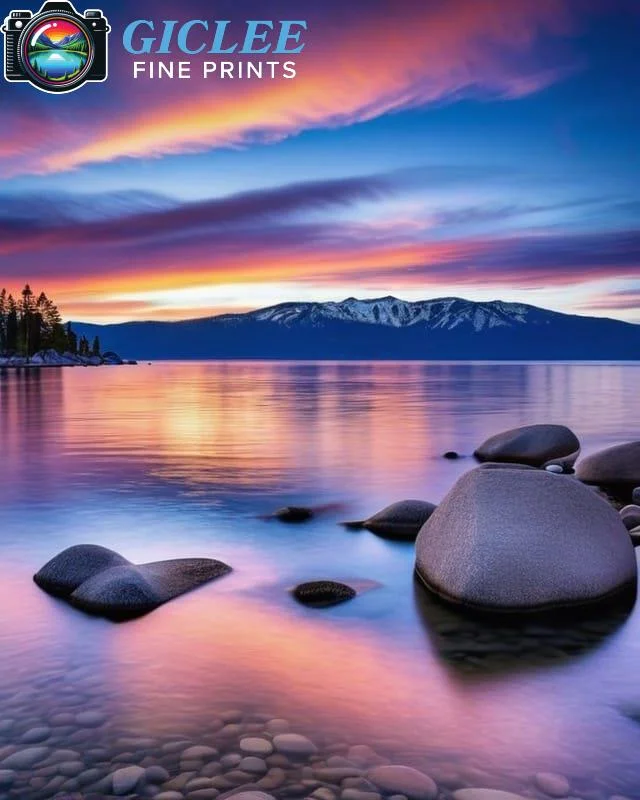
When it comes to fabric printing, Direct to Film (DTF) and sublimation printing are two popular techniques with distinct advantages. Choosing the right method depends on your specific needs, including the type of fabric, durability requirements, and design complexity. We’ll break down the differences between DTF and sublimation printing, helping you understand the pros and cons of each method.
What is DTF Printing?
Direct to Film (DTF) printing is a versatile printing method that involves printing a design onto a special transfer film, which is then heat-pressed onto fabric. It uses specially formulated inks and adhesive powder to create durable prints on various materials.
Key Features of DTF Printing:
- Fabric Flexibility: DTF can be used on a wide range of fabrics, including cotton, polyester, nylon, and blends, making it ideal for multi-fabric applications.
- No Pre-Treatment Required: Unlike some other printing methods, DTF doesn’t require fabric pre-treatment, which saves time and simplifies the printing process.
- Vibrant Colors: DTF printing delivers bright and bold colors, making it perfect for eye-catching designs.
- Durability: DTF prints are long-lasting, with excellent wash resistance, ensuring the design doesn’t crack, peel, or fade even after many washes.
- Slightly Raised Texture: The DTF design sits on top of the fabric, giving it a slightly textured feel compared to more integrated printing methods.
What is Sublimation Printing?
Sublimation printing is a method where designs are printed onto a special transfer paper and then applied to fabric or hard surfaces using heat and pressure. Sublimation dyes are turned into gas and then bond with the fibers or surface of the material, creating a smooth, vibrant print.
Key Features of Sublimation Printing:
- Smooth, Soft Finish: Sublimation embeds the ink into the material, resulting in a smooth, texture-free finish.
- Vivid Colors and Detail: Sublimation is known for producing bright, vibrant colors with high levels of detail, making it perfect for artwork, photos, and complex designs.
- Durability: Sublimation prints are extremely durable and resist fading, cracking, or peeling because the dye becomes part of the material.
- Best for Polyester and Coated Surfaces: Sublimation works best on polyester fabrics or items with a special polymer coating, such as mugs, phone cases, and mousepads.

Comparing DTF and Sublimation Printing: Key Differences
Both DTF and sublimation printing are high-quality printing methods, but they differ significantly in terms of materials, process, and results.
1. Fabric Compatibility:
- DTF Printing: One of the main advantages of DTF is its ability to print on a wide variety of fabrics, including cotton, polyester, nylon, and blends. This flexibility makes it suitable for many applications, from t-shirts and hoodies to sportswear and accessories.
- Sublimation Printing: Sublimation works exclusively on polyester fabrics or surfaces with a polymer coating. It does not work well on cotton or natural fibers, limiting its use for certain types of garments.
2. Print Durability:
- DTF Printing: DTF prints are highly durable, with strong resistance to cracking, peeling, and fading after repeated washes. The adhesive powder used in DTF printing ensures the print bonds well to the fabric, making it suitable for long-term use.
- Sublimation Printing: Sublimation prints are also very durable, especially since the dye becomes part of the fabric. Sublimation designs won’t fade, peel, or crack over time, but it is limited to polyester materials.
3. Print Texture:
- DTF Printing: The design in DTF printing sits on top of the fabric, giving it a slightly raised and textured feel. While this can be a desirable effect for certain designs, it may not feel as seamless as sublimation prints.
- Sublimation Printing: Sublimation results in a completely smooth print with no added texture. The dye fuses with the material, making it ideal for applications where a soft, fabric-like feel is important.
4. Design Complexity:
- DTF Printing: DTF can handle detailed, multi-color designs and is ideal for vibrant, bold graphics. The adhesive powder also allows for excellent opacity on dark fabrics.
- Sublimation Printing: Sublimation printing excels at producing high-resolution images and fine details, making it perfect for designs with gradients, complex patterns, or photographic elements.
5. Setup and Process:
- DTF Printing: The DTF process is straightforward and doesn’t require fabric pre-treatment, making it faster and simpler for bulk orders. However, the transfer step requires extra care to ensure proper adhesion.
- Sublimation Printing: Sublimation is slightly more complex because it requires specialized transfer paper and works best on pre-treated polyester fabrics. Additionally, sublimation works best on light-colored surfaces.
Best Use Cases for DTF Printing
DTF printing is ideal for applications that require fabric versatility, durability, and high color vibrancy. Here are some of the best use cases for DTF printing:
DTF Printing Use Cases:
- Custom Apparel: DTF can print on a variety of fabrics, making it perfect for custom t-shirts, hoodies, and sportswear in cotton, polyester, and blends.
- Small Orders: Since there’s no need for fabric pre-treatment, DTF printing is efficient and cost-effective for small batch orders or custom projects.
- Promotional Items: DTF works well for printing logos, branding, and promotional designs on various fabrics, including bags, jackets, and hats.
- Dark Fabrics: DTF can print on dark fabrics with high opacity, making it a better choice for designs on darker garments compared to sublimation.

Best Use Cases for Sublimation Printing
Sublimation printing offers excellent color reproduction, durability, and detail for polyester-based products. Here are the top applications for sublimation:
Sublimation Printing Use Cases:
- Custom Sportswear: Sublimation is ideal for polyester sportswear, offering vibrant colors and excellent durability for activewear that needs to withstand frequent washing.
- Promotional Products: Sublimation works well on promotional items like mugs, mousepads, and phone cases, offering a wide range of custom gift and branding options.
- Art Reproduction: The high level of detail and color accuracy make sublimation printing a great option for reproducing fine artworks or pixelated artwork on fabric or other items.
- Photo Printing: Sublimation is perfect for photo printing on apparel, accessories, and home decor, providing high-quality image reproduction with vivid colors and sharp details.
Choosing Between DTF and Sublimation
When deciding between DTF and sublimation printing, consider the following factors:
1. Fabric Type: If you’re working with a variety of fabrics, including cotton and blends, DTF is the more versatile option. If you’re focused on polyester garments or custom products like mugs and phone cases, sublimation is the way to go.
2. Design Complexity: Both methods can handle detailed designs, but sublimation excels in photo printing and intricate artwork. DTF is better suited for vibrant, bold designs on a wider range of materials.
3. Durability: Both DTF and sublimation offer long-lasting prints, but sublimation has the edge when it comes to complete fabric integration, while DTF is more versatile for different fabrics.
4. Project Size: For small, custom orders, DTF can be more efficient and cost-effective. For larger orders or products with specialized surfaces like mugs and accessories, sublimation may be the better choice.
Contact Us
Our address is: 3816 Pioneer Trail Ste #3, South Lake Tahoe, CA 96150
Email: Info@gicleefineprints.com
FAQs
Both DTF and sublimation are highly durable, but sublimation has a slight edge because the dye bonds directly with the fabric, whereas DTF uses an adhesive.
Sublimation printing is the best option for photo printing, as it can produce high-resolution, vibrant images with fine details.
DTF printing is primarily used for fabric and is not suitable for hard surfaces. Sublimation is better for printing on hard surfaces like mugs and phone cases.


